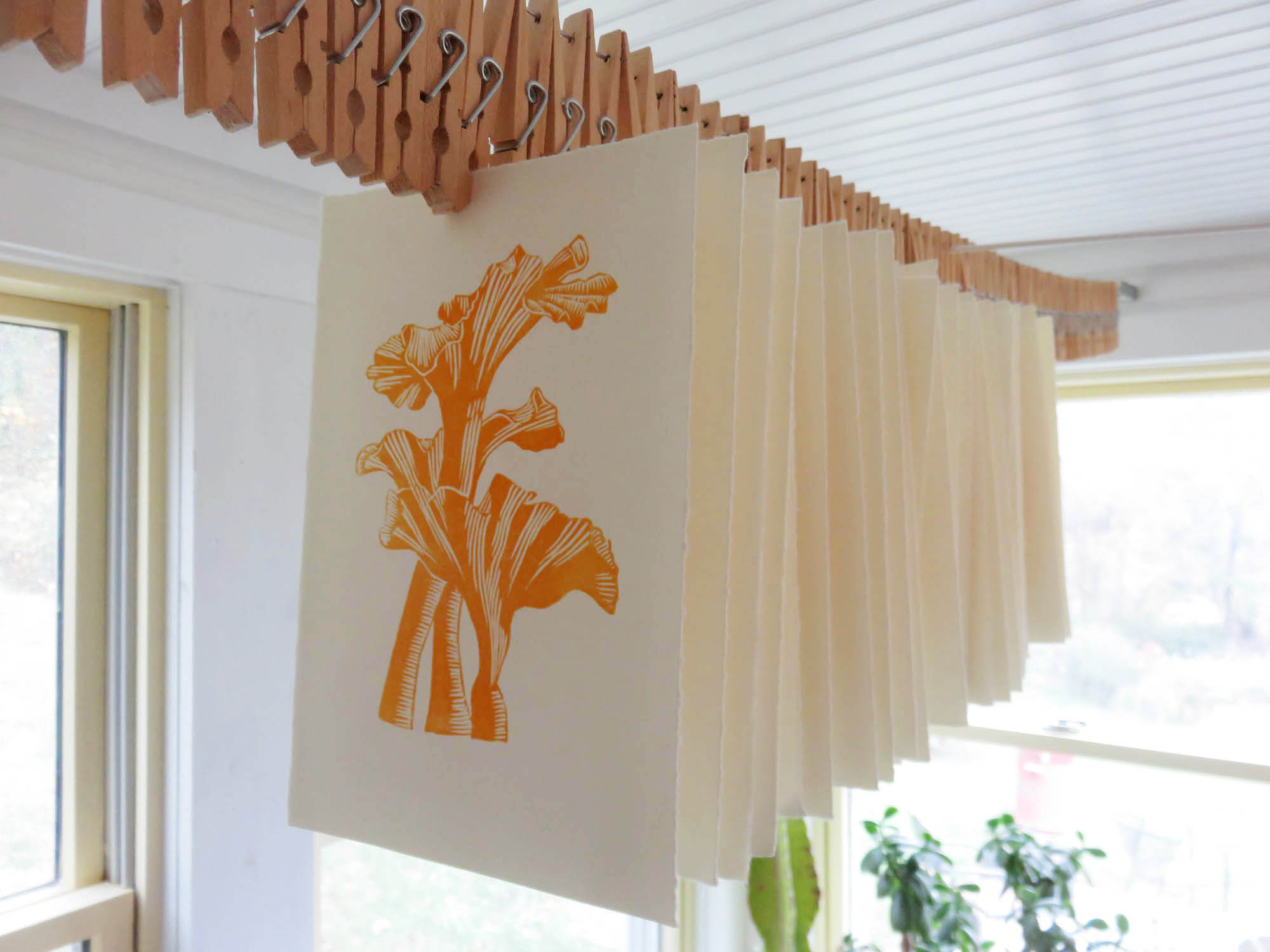Did enslaved workers assist in the printing of the Declaration of Independence in 1776 America? I made the bold assertion recently, recorded in a television clip, that they did. In my Instagram post the next day, the only evidence I could produce was that of the second printing of the Declaration by printer Mary Katharine [sic] Goddard in Baltimore in 1777 [the first printing to list the signer’s names, as well as Goddard’s as printer]. I had heard rumors that Goddard was a slave owner. Although no letters of Goddard’s survive, we do know that in her will in 1816 she left her business and all her goods to her “female slave, Belinda Starling.” This information is not very helpful, as Ms. Starling was not around in 1776 and in 1784 Goddard’s printing establishment and publishing projects were taken from her by her brother William. She continued to serve Baltimore as postmaster until 1789 and then operated a bookshop until her death.
Mary Katherine Goddard’s printer’s notice at the bottom of the second printing of the Declaration of Independence, Baltimore, 1777. [New York Public Library]
So my investigation of Mary Katharine Goddard was a dead end. Hopefully others will shed more light on her life and business.
On July 26, 1776, Alexander Purdie, a printer in Williamsburg, Virginia would reprint the text of the Dunlap Broadside on the front page of his version of the newspaper, the Virginia Gazette. [I say “his version” because at that time printing was quite popular in Williamsburg and there were three different Virginia Gazettes published by three different printers each week!]
Close up of the first column of the July 26, 1776 Virginia Gazette. The text reproduced from John Dunlap’s printing of the Declaration of Independence from Philadelphia, July 4 and 5, 1776. Printed at Alexander Purdie’s printing office in Williamsburg, Virginia. [Rockefeller Library, Colonial Williamsburg]
When Alexander Purdie died three years later in 1779, his estate listed the ownership of 13 enslaved persons, six men and seven women. Purdie was not the only Williamsburg printer to own humans. Williamsburg’s first printer, William Parks, had also held 13 unfortunate people in bondage. Upon his death in 1752, nine men and four women were listed in his estate. Eight years later, at the death of printer Joseph Doyle in 1766, he was reported to own with William Hunter “two negro men named Matt and Aberdeen” who were listed with the printing equipment and supplies of the printing office.
Were these enslaved individuals required to work in their owners’ business enterprises? It seems unlikely that they would not have been. None of the printers listed above were listed as owning agricultural tools at their deaths, so it is doubtful these people were enslaved for the horrid plantation work required of so many others in this economy. Perhaps they were “rented” to other businesses, but I believe it very likely they assisted in various tasks in the printing office. It would be interesting to discover to what extent they may have been educated for this purpose and have been able to assist with type composition. Certainly the job of inking the press form, hanging the sheet of paper on the tympan, and pulling the handle of the press required but a moment’s training. And this repetitive, onerous work might be conducted from dawn until dusk at the expected rate of one “token” per hour [240 sheets…that’s fifteen seconds per sheet on a two-pull press.]
The evidence remains circumstantial. Further research into primary documents from the printers of Williamsburg (purchase records, account books, letters, even a thorough reading and cataloging of the contents of the various versions of the Virginia Gazette] might reveal more about how the labor required in the several printing offices was divided. It is time we understand the role of enslaved persons owned by printers in eighteenth and early nineteenth century America. I believe it is very likely that enslaved workers were directly involved in the printing of those world-changing words, “We hold these truths to be self-evident that all men are created equal…”
SOURCES
Archives of Maryland (Biographical Series), Mary Katherine Goddard (1738-1816), www.msa.maryland.gov
Parke Rouse, The Printer in Eightenth-Century Williamsburg, Project Gutenberg EBook
Virginia Gazette, Purdie, July 26, 1776 - pg 1, Rockefeller Library Collections, Colonial Williamsburg
Colonial Williamsburg Digital Libaries, Estate Inventories






















